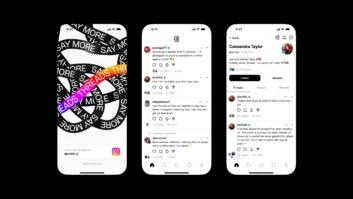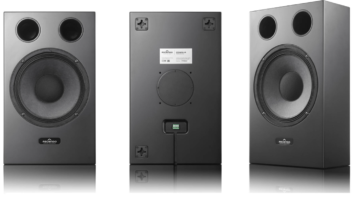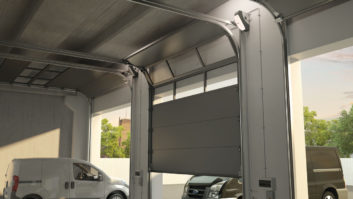Marketing Consistency
Editors Note: Over the last two months Ira Friedman has explained why the custom installation industry, as is it currently stands, is fundamentally flawed. This is part three in a series of columns explaining what you can do fix it.
In traditional marketing, a seller tries to maintain consumer share of mind. This simple concept is aimed at keeping the sellers name and products in the head of a consumer when the time comes to make a buying decision.
Automobile manufacturers do this well. Although a consumer may purchase a vehicle, on average, once every four years, automotive companies pitch as if youre making a buying decision every month. Try watching an hour of prime-time TV without seeing an ad for a car or truck. While 99 percent of automotive ads will be seen by a viewer who is not in the market to buy at that time, the ads persist because the manufacturers are building a brand image that they hope the viewer will respond to when theyre ready to buy.
Retail stores follow the same principle. Although CI retailers have limited ad budgets, they use traditional forms of broad advertisingmailers, newspaper ads, radio, and spot TVto keep in front of the market. Perhaps the most compelling tool that the retailer has is his storefront; it is a constant reminder to all who pass by.
This attention to building a brand, and capturing share of mind is foremost in a retailers marketing plan. As a consequence, the retailer has no trouble attracting a steady flow of customers. Depending on the retail message, a portion of these customers may even be motivated to buy higher-end custom installation gear.
On the other hand, the dedicated CI dealer typically foregoes traditional advertising and relies instead on referrals, mailers, home shows, and other targeted marketing. The result is a sporadic response from more highly qualified buyers.
The retailer, with his broader advertising appeal, must find ways to triage incoming customers without alienating the qualified buyer. So they stock their stores with salespeople trained to filter the high-end CI-lover from the guy who wants to compare 17-inch LCD panels. This costs money, and should a retailer do a quick cost/benefit analysis for the customers buying the LCDs, theyd find this to be a losing proposition.
Everybody through the door is a potential customer, and since the storefront is an important marketing vehicle, the retailer amortizes the cost of the non-profit customer into his marketing budget. Put another way, most retailers will tell you that they cant afford to close the store, because the low-profit walk-in customer may returnsomedayneeding a larger, more profitable system. This is proof that the storefront is a marketing vehicle, and the cost of selling 17-inch LCDs is one of the costs.
Now lets assume that youre the LCD manufacturer selling to this retail store. You couldnt care less if the end-user is a non-profit cash-and-carry sort of guy, or a high-end CI system expert; you still sold an LCD panel. From a manufacturers point of view, the retail model is just hunky dory. The sad fact that the retailer loses money each time he sells a 17-inch LCD to a cash-and-carry end-user is irrelevant.
The CI dealer, however, sees a more qualified prospect precisely because thats whom theyve marketed to. By not having a retail store, and not advertising 17-inch LCD panels, the CI dealer has filtered out those cash-and-carry customers. This means that each LCD panel he sells is part of a larger, profitable system. As a result, he sells far fewer of them than the retailer, but doesnt lose money on the transaction because its bundled with higher margin items and labor.
From the manufacturers perspective, the CI dealer may be less attractive; they use fewer of your items, dont stock your inventory, dont have semi-annual clearance sales (moving more of your product), and may appear to be more cyclical because they undertake far fewer projects (and transactions) than the retailer.
In next months conclusion to this series I will examine why the CI business seems broken today and why, even so, its on the path to greatness.
Interested in having your CI business questions addressed in this column? Send them to [email protected]. Please include your full name, company name, and address.
Ira Friedman ([email protected]) is the president of Bay Audio, a manufacturer of loudspeaker systems.







